Rivers & Lakes
After radioactive substances discharged from the Fukushima Daiichi Nuclear Power Plant accident and deposited on the land, they entered into dynamic processes that continually move the radionuclides by physical (e.g., wind, rain) and biological methods (e.g., uptake by plants). To reduce the risk of radiation, it is necessary to understand the movement processes and be able to predict where the radiation will be in the future. For example, cesium-137 attaches to soil particles and is transported with the soil by erosion when it rains, flowing into the sea through rivers. In addition, the soil-bound cesium accumulates as sediments in closed water basins like lakes and marshes. The detachment of cesium away from soils is a slow process that is governed by chemical changes. This knowledge was formed from research on radioactive substances in the past. However, because Fukushima has more rainfall and its geographical features are much steeper, the conditions that govern the movement of radioactive substances are different from those that have been previously studied. On the basis of these differences, and making good use of past knowledge, our research seeks to clarify the original condition of radioactive substances on the land in Fukushima Prefecture so that we can predict where it will reside in the future.
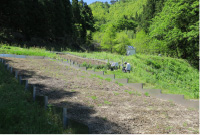 |
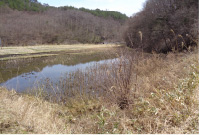 |
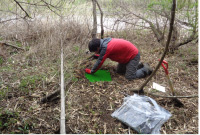 |
Activity Log
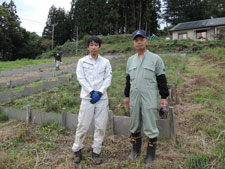 |
3 October 2017 | |
| IER's Rivers & Lakes project team has been working to understand the dynamics of radionuclides in the terrestrial environment. The team is currently monitoring radionuclide wash-off from slopes of different land use types- decontaminated land, grassland, cultivated land, bare land and forest. They measure amounts of sediments and 137Cs washed off during rainfall events by using soil erosion plots installed on the slopes. This day, the team members were sampling soil washed off due to rain from the previous day. [Photo: Dr. Wakiyama, Senior Assistant Professor and Mr. Tomio Kanno, the owner of the land where soil erosion plots are set up, in front of soil erosion plots on the decontaminated land.] |
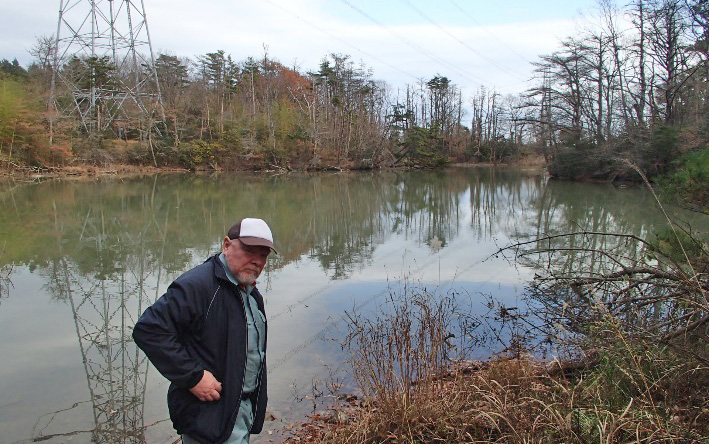 |
2016年12月13日 | |
| Rivers & Lakesプロジェクトでは大熊町の福島第一原子力発電所近隣のため池での放射性セシウムの挙動に関する研究を行っています。今日は隠居坂、鈴内、鮒沢。頭森の四つの池から水のサンプルを採取しました。土壌-水環境における放射性セシウムの分布と挙動の基本的メカニズムを明らかにするため、長期的に研究を続けていきます。 [写真:東京電力福島第一原発から数百メートルのため池から水サンプルを採取するアレクセイ・コノプリョフ教授] |